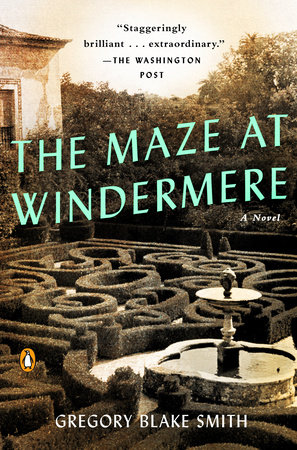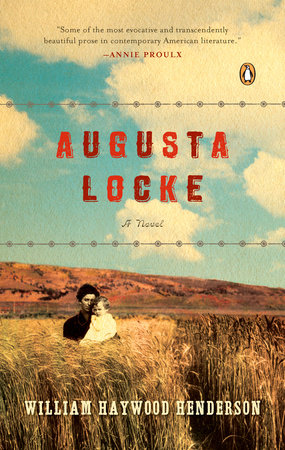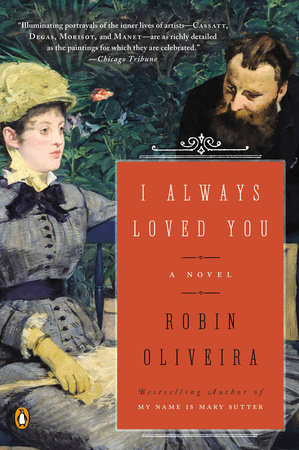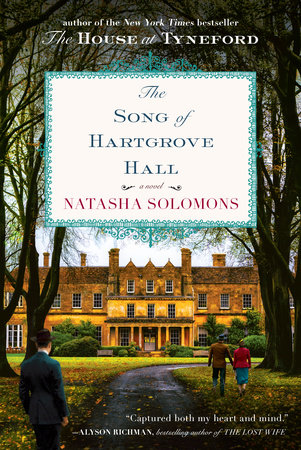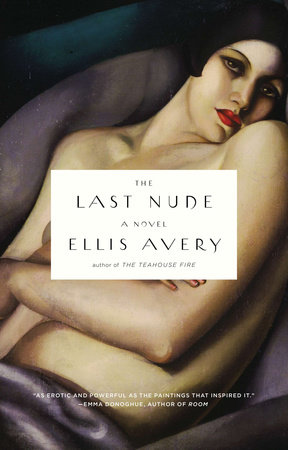How did you arrive at the inspiration for the protagonist of this novel, philandering former tennis pro Sandy Alison? In this era of autobiographical memoir-novels, you seem to have written the opposite. Was that a conscious decision? What went into creating these varied characters?
For me the power of fiction lies in the way it allows us—even requires us—to break through the parochial limits of our own selves and live imaginatively in the skin of others. The Maze at Windermere has gay characters, African-Americans both free and enslaved, a Jewish-Portuguese immigrant, a character with cerebral palsy, a stunningly handsome tennis pro—none of whom even remotely resembles me. What I tried to do in the novel is weave together diverse threads of American history into stories that were locally different (dressed in the concrete details of a specific era, sexuality, race, class) and at the same time transcended those local limitations to show the ways in which we are fundamentally similar in our hopes and desires, and yes, in our duplicity. And to do that I needed to invent a rich and varied cast of characters.
So where do these characters come from? I’m not sure I can fully answer that, but here’s how one got herself born. I had just returned from Newport, Rhode Island, where the idea for the novel had first bloomed in me, and I was wandering in a kind of creative delirium through the Boston Public Garden, dreaming of the this and that of the novel-to-be, when I happened to see a young woman with cerebral palsy walking near the Swan Boats. I only saw her for a short time, but in those few seconds the character of Alice du Pont came alive in my head. I saw her as if complete: the encumbrance of her disability, the fierceness with which she lives her life, her wit, her daring, her moral courage. Okay, no doubt that’s not literally true—the complete character must have come later in the writing of Alice—but that moment, the sight of that young woman walking with her strained, beautiful grace, set in motion the story of Sandy and Alice. It was like a gift from the writer gods.
So, what drew you to Newport as a setting?
I don’t think there’s another American city its size that has as remarkable a history as Newport. From its Quaker beginnings, through the part it played in the slave trade, to its utter devastation by the British during the American Revolution, and then its rebirth as a playground for the fabulously wealthy—it’s really an extraordinary little city. I first came to know Newport through my interest in eighteenth-century furniture—I like to think of my character Spearmint as a predecessor of the great Townsend-Goddard cabinetmakers—but it took me years to realize that it was the perfect setting for a novel that layered history like a palimpsest. For me the greatest compositional kick came from the way the story in one era mirrors or inverts or qualifies the story of another era. Scenes take place in the “same” location only in different centuries. The Jewish merchant Isaac Da Silva’s house (where the bigoted aristocrat Major Ballard attempts the seduction of the young Judith Da Silva during the Revolution) becomes a restaurant in the contemporary story where Alice and Sandy take their first steps toward one another. So, too, the Newport breakwater and the city’s cemeteries and the maze at Windermere itself are the settings for scenes in different centuries that bear a provocative resemblance to one other. These parallels, mirror reverses, plot inversions, are like Easter eggs for the reader to discover and enjoy.
Within that rich and privileged milieu, you make a point of illuminating the lives of those who might be considered marginal to it—from the Jewish community that had a long history there, to a gay man, to an heiress with a disability that has shaped her life. How did you think about “otherness” and marginality as you were composing the novel?
There’s a scene in the opening of Steven Spielberg’s Lincoln where two black soldiers confront Daniel Day-Lewis and give him what for. To my ears it’s a completely implausible scene, an example of what Edmund White has recently called “dressing up modern characters in historical drag,” which is to say, retroactively giving the historically marginalized the power and moral consciousness of twenty-first-century people. That strikes me as not just historically fake, but artistically immoral. So that’s what I didn’t want to do with my characters. Rather, I tried to show how each of them is caught in the web of their era, whether the paternalistic seventeenth-century world of Prudence, my orphaned Quaker girl, or Aisha trying to make her way in the new gilded age of our own twenty-first-century America. It’s in seeing how these characters work their lives against the historical and social realities of their times that the pleasure of the novel—and I hope, its honesty—resides.
The author Henry James is a prominent character in the book. How did you make that choice? Can you comment on how you worked to evoke the inner life of another writer, particularly one who looms so large in the history of American letters?
I had my choice between Henry James and Edith Wharton and James won out. Mostly because he lived in Newport during the Civil War whereas Wharton lived in Newport during the Gilded Age, and that era was already spoken for by my charming conniver Franklin Drexel.
But here’s the thing. There’s no evidence that James ever had a sexual, or even romantic, relationship with anyone, male or female. At the end of The Ambassadors there’s a scene where the elderly Lambert Strether advises a young man: “Live all you can. It’s a mistake not to.” I find that moment chilling. It’s as if the older James is speaking to his young self in regret, warning him. In The Maze at Windermere I wanted to dramatize the moment when the young James—he’s only just turned twenty—arrives at that tragic renunciation, that moment of withdrawal with its accompanying vision of a life of celibacy, a life spent observing other people living (and writing brilliantly about them, it has to be said) but not fully living himself.
The attention to detail in The Maze at Windermere is astounding, from descriptions of different parts of town over time to the specific way Prudence dates her entries. How would you describe the process of weaving a tale that is at once timeless, yet so rooted in specific periods?
In the fiction workshops I teach I regularly get student writers who claim they didn’t want to describe what their main characters looked like, or how old they were, or even what gender they were, because they wanted them to be “universal.” It’s at this point that I get up from my chair, go out into the hallway, and look for the nearest window to jump out of.
Because those students so misunderstand where the magic of fiction lies. They don’t get that it’s through the particular, the concrete, the specific, that we catch a glimpse of the universal—the sight of Anna Karenina’s black hair against her white shoulders, both its own lovely self and a timeless figure for the allure of female beauty. The great pleasure of writing The Maze at Windermere was in depicting the rich variety of its historical eras and the ways in which the town itself, its people, its language, its values, changed from era to era. The synagogue used as a hospital during the Revolution, the antique grass tennis courts at the Casino, the lime rickeys consumed in the summer shade, the slave barracks down along the wharf: it’s details like these that create the reality of a novel’s world and carry its felt life.
Every character in the book is layered, but Sandy Alison may be the most mysterious. He seems at once conscious of his former womanizing ways, and both relieved and simultaneously disappointed that that period of his life has come to an end. How would you describe Sandy’s conflicts in this day and age? How do they reflect the rich history you illuminate in this novel, and speak to present day concerns?
Is Sandy a womanizer? Or is he womanized? Which is to say, is he the sexual hunter or the hunted? The evidence of the novel seems to suggest the latter. And yet, and yet . . . for all his personal warmth, his good looks and easygoing ways, there’s something wrong about Sandy’s involvement with the women of Windermere. There’s a kind of emotional blindness to him, a limitation to his moral sight that requires the reader to constantly re-evaluate him, especially regarding to what degree he is responsible for what happens to Alice. When he kisses her in that scene in the library at Windermere, is he succumbing to the duplicitous motives that lie at the heart of so many of the other characters in the novel? Or is it a moment when he begins to reach beyond conventional ideas of female beauty, of personal worth, and begins to grow both morally and emotionally? And to what degree is he “set up” by Aisha, or has he simply misread her motivation all along? In each of the novel’s eras the reader is confronted with similar questions of culpability: Is Franklin Drexel’s scheme to marry a rich woman he can never love excusable because he lives in a world that has no place for him as a gay man? Should Henry James have seen sooner that his attentions to Alice Taylor might be misinterpreted? And is even the despicable Major Ballard redeemed by his beginning to love the young woman he had only meant to seduce? None of these questions are simply answered, but they are the many-hued threads out of which the novel is woven.
